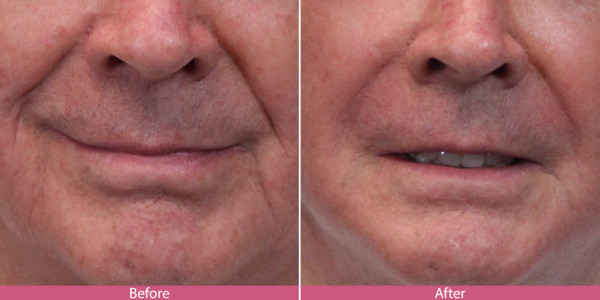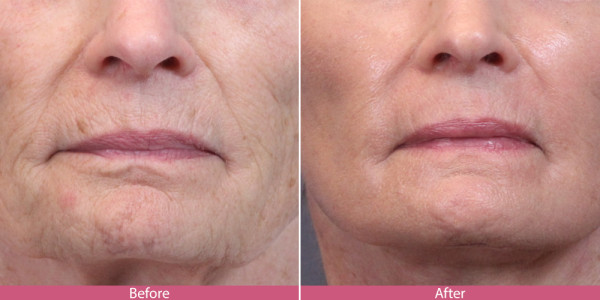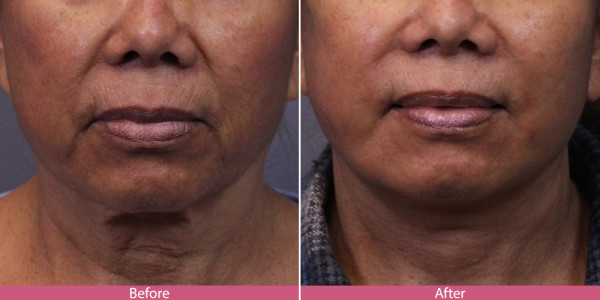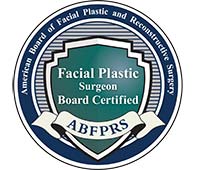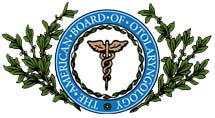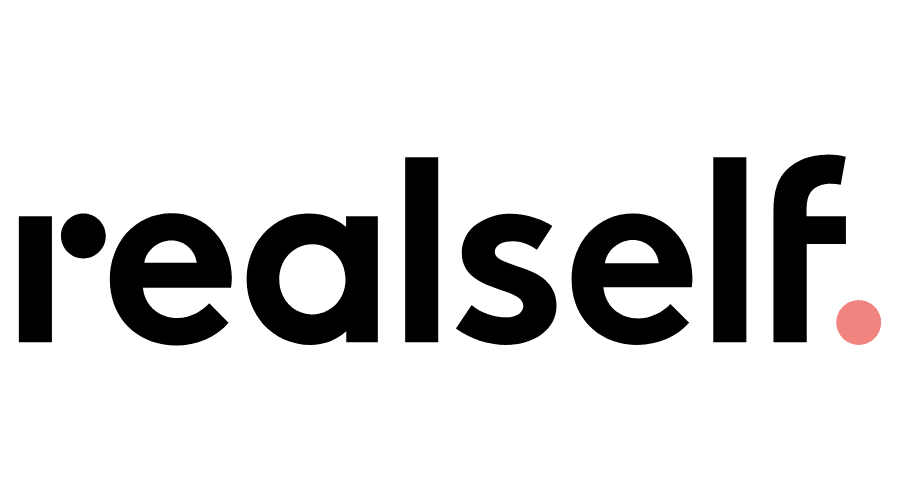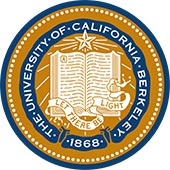Beautiful laugh-lines and better facial wrinkles.
You, Only Younger!
Bellevue Fat Grafting & Lipo-Injection
Real Patient Photos*
A Few Reasons to Choose Facial Beauty
Low Risk Procedures
Every procedure requires some for of anesthesia and traditionally this is a General Anesthesia, meaning you are completely knocked out. At Facial Beauty, we utilize cutting-edge local anesthesia procedures where you are not fully knocked out but completely comfortable. The advantage of Local Anesthesia that there are less complications & faster recovery time. Our procedures generally take from an hour and thirty minutes to no more than three hours, allowing us to dramatically reduce any risk involved in the procedure.
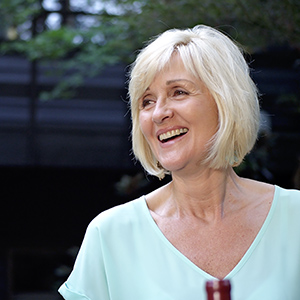

Limited Downtime
The biggest drawback to major facial surgery is the downtime. While recovery time can vary case by case, generally patients can return to work between seven to ten days after the procedure. We do everything we can for our patients to get you back to your family and back to your daily life of activity & exercise as soon as possible.
Simple & Affordable Financing
At Facial Beauty, we offer low monthly payment plans and pre-qualifications for any additional treatments, affordability has never been easier. If you’ve ever let financing stand in your way of a new you, come talk to us about options you may not know you had. We can even do pre-approvals over the phone so please feel free to contact us anytime.
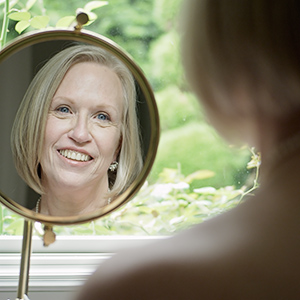
Frequently Asked Questions
What does the procedure involve?
- Local tumescent anesthesia.
- Mild oral sedation.
- Harvest of fat from lower abdomen.
- Harvest of fat from lateral thigh if abdominal fat is limited or for thinner patients.
- Local tumescent anesthesia applied to the abdomen or lateral thigh harvest sites and to areas of face to be treated.
- Small incisions in the umbilicus or in a thigh skin fold for fat harvest.
- Small cannula insertion and fat cell harvest.
- Twice as much fat placed than ultimately desired.
- Amount of fat meticulously measured then placed for accurately in each region.
- Fat harvested is cleaned, unwanted elements removed (oils, red blood cells, fibrous tissue); fat concentrated and purified.
- Fat threaded into tissue underlying the facial folds or hollows.
- Performed by a Specialized and Expert Facial Rejuvenation Surgeon.
What are the typical underlying problems?
- Aging-related laxity.
- Aging changes to the face causing hollowing.
- Loss of facial fat.
- Thinning of facial skin and dermis concomitant with loss of facial fat.
- Prominent jowls exacerbating marionette line prominence.
- Descent of facial fat and facial soft tissue.
- Descent of malar fat pad worsening nasolabial folds.
- Sun-damaged related skin thinning, aging, and wrinkling.
What type of anesthesia do you use?
- Commonly performed under local anesthesia with mild sedation.
- IV sedation or general anesthesia with local anesthesia in selected instances.
What is a typical recovery time?
- Socially acceptable with makeup by 4 to 7 days.
- Return to work on a case-by-case basis, generally after 4 to 7 days post-operative.
- Resume normal exertional activity, aerobics, and jogging, after two weeks.
What is the recovery like?
- Outpatient; go home the day of the procedure.
- Limited need for pain medication.
- Functional at home the day after the procedure.
- Mild to moderate lumps to the facial treated regions for 2 to 3 days.
- Bruising and swelling typically last up to 7 days.
- Full exertional activity (aerobics, jogging) after two weeks.
- Socially acceptable generally by 4 to 7 days with makeup.
- Makeup can be applied after 4 days to hide the bruising.
What can I do to help my recovery?
- Cold and ice compresses to the treated areas for up to 48 hours.
- No exertional activity. No lifting, jogging, or running for two weeks.
- Head of bed elevation during the day or during sleep at 30-degree angle for up to two weeks.
- Take prescribed medications according to the directions provided.
What factors are commonly associated with patients who undergo fat grafting?
- Advancing age.
- Motivated to improve overall facial appearance.
- Very thin patients common.
- Previous laser resurfacing or chemical peel did not provide overall resolution of wrinkling (particularly around the mouth).
- Poorly controlled medical conditions (i.e. diabetes, cardiac disease)
- Supplemental procedures, facelift, laser resurfacing, commonly performed concomitantly.
- Moderate past sun exposure.
- Long time smoking history
Are there any procedures typically performed along with facial fat grafting?
- Natural lift, minilift
- Full face laser resurfacing with fractionated CO2 laser.
- Brow lift.
- Blepharoplasty.
What are typical motivations for facial fat grafting?
- Individuals motivated to look their best and improve their facial appearance.
- Keen desire to look more youthful.
- Frustrated with prominent nasolabial folds.
- Frustrated with prominent marionette folds.
- Frustrated with lower eyelid hollows.
- An overall appearance of moderate to severe facial aging.
- Dissatisfied with overall aging appearance.
- Unsatisfactory appearance when looking in the mirror.
- Overall tired and gaunt look.
- A thin aged face.
- Moderate facial wrinkling.
- Loss of facial fat.
- Healthy individuals with facial aging concerns.
- Individuals with health issues may qualify for more simple fat grafting procedures.
Who are good candidates?
- Individuals motivated to look their best.
- Individuals dissatisfied with their facial thin appearance and deep folds.
- Individuals whose appearance is looking older than they feel.
- Healthy individuals.
- Individuals motivated to feel their best about themselves.
- Individuals frustrated by the changes that have occurred to the folds, eye hollows and cheeks.
How old are most patients?
- Age 20 to 40-lips and cheeks.
- Ages 40 to 75-lips, cheeks, eyelid hollows, nasolabial folds, marionette lines, and temporal wasting.
How experienced are the surgeons?
- Board-certified Facial Plastic and Reconstructive Surgeon.
- Double board-certified (Otolaryngology-Head and Neck Surgery)
- Expert facial rejuvenation surgeon who performs over 100 Fat Grafting procedures every year.
Are there any reasons why I should not have fat grafting?
- Mild to moderate cardiac or pulmonary disease.
- Other significant medical illness.
- Chronic anticoagulation.
- Minimal thigh or abdominal fat.
What changes should I expect after fat grafting?
- First phase, the facial treated regions are moderately swollen for three to four days.
- Second phase: the swelling decreases, edema and bruising resolve, areas treated decrease in size.
- Third phase: grafted fat recovers and regeneration of blood vessels develops into the grafted fat.
- Fourth phase: the fat takes hold and becomes functional and viable, and the areas treated increase in size.
- End result is several months after the procedure.
Routine post-operative instructions?
- No massage or manipulation of the treated areas of the face.
- Cold compresses to the treated areas for 48 hours.
- No exertional activity. No lifting, jogging, or running.
- Head of bed elevation during sleep at 30-degree angle for two weeks.
- Abdominal ace wrap for two to three nights after the procedure.
- Take prescribed medications according to directions; occasional pain medication or Tylenol is needed for one to two days afterwards.
- Take oral antibiotics as prescribed.
- Patience is needed as the lumps can persist for a week or more.
A Message from Dr. Santos about Fat Grafting:
Natural aging causes loss of facial fat. And the loss of facial fat has significant consequences to our youthful facial appearance. Children have loads of healthy fat cells in their face, and this fat provides an overall appearance of youth and health. The reverse is true, that when we lose fat, we lose the youthfulness and healthy appearance of our facial features. The most common concerns are those of prominent laugh lines (nasolabial folds), prominent marionette lines (lines below the mouth) and the sub-cheek bone (sub-malar region) hollowness. Loss of fat in the sub-malar area causes an overall hollowness that in later years causes a gaunt and old appearance. Further, the tear troughs, and hollows under the lower eyes are also common areas of aesthetic concern. Replacing healthy fat back into these areas provides significant improvement of contour, and of facial youthfulness and attractiveness. Also, there is often seen an overall improvement in the healthy appearance of the overlying skin. There are hormones and growth factors within the fat that provide a healthy stimulus to the skin and indeed the skin will appear more youthful and healthy once more healthy fat is placed beneath.
Lipo-injection (fat grafting) is a wonderful treatment for improving facial youthfulness and facial attractiveness as well as reducing the deep facial lines. Fat and its healthy byproducts of stem cells and hormones, is removed from the abdomen through a small pinpoint incision at the edge of the belly button and with the use of a small harvesting cannula. This fat is processed sterilely, spun down, and cleaned to concentrate the healthy and viable fat cells. These fat cells are then threaded meticulously and carefully into the areas of concern, through pinpoint incisions along folds of the face. The nasolabial folds, marionette lines, and sub-malar areas are the most frequently treated. The simple placement of abdominal harvested fat into the face hallows and deep facial wrinkles, significantly improves the overall facial youthful appearance, particularly when it is supplemented with other procedures such as facelift or laser resurfacing.
There are benefits of fat injection over standard cosmetic fillers such as Restylane®, Juvederm® and Voluma®. The time of effect is longer with fat injections. Fat injection results can be significantly long-lasting in a majority of individuals. Our experience is that approximately 85% to 90% of individuals who undergo fat injection have long-term satisfactory results.

David Santos MD, FACS
Dr David Santos was the Medical Director for Lifestyle Lift, responsible for hundreds of facelift surgeons and thousands of procedures. Having performed over 4,000 facelift procedures himself, Dr. Santos is committed to finding cutting edge techniques to reduce the risk and minimize the downtime of facelift procedures.
- Member American Board of Facial Plastic and Reconstructive Surgery
- Member American Board of Otolarnyngology – Head and Neck Surgery
- Member American Academy of Facial Plastic and Reconstructive Surgery

